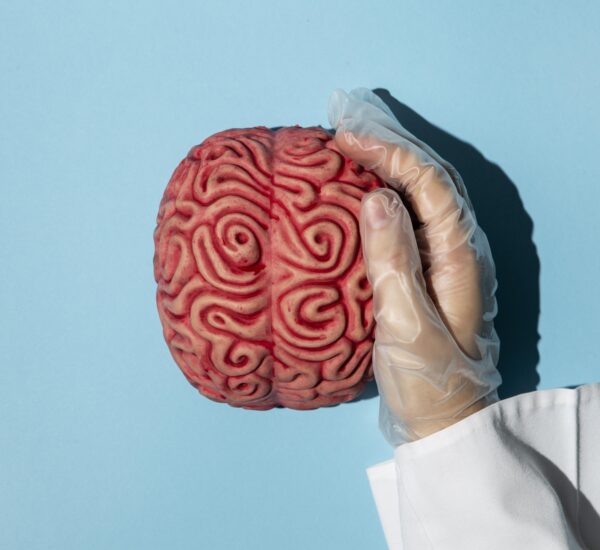Contributed by- Healthians Team
Prostate cancer is a severe ailment which impacts a significant population of middle-aged men every year. Around sixty percent of the cases occur in senior males who are older than sixty-five years of age. The prostate is a small gland present in the lower abdomen of males which secretes semen and is situated under the bladder surrounding the urethra. Presence of malignant growth of cells i.e. a tumour in the prostate is called prostate cancer. It can spread to other areas of your body as well.
It can occur due to genetic changes, obesity and men with a family history of prostate cancer. Signs of prostate cancer include urinary problems, sexual problems, pain and numbness in pelvic, back and chest. Urinary problems such as frequent need to urinate, a stream that’s slower than normal, bleeding while urinating, sexual problems and erectile dysfunction.
How can prostate cancer be diagnosed?
Your doctor might prescribe you screening for prostate cancer. He will suggest one or more tests which include:
- Digital Rectal Exam: During this examination, your doctor will insert a gloved finger into your rectum to inspect your prostate to feel the presence of any hard lumps.
- Prostate-Specific Antigen Test: This blood examination detects your levels of PSA which is a protein produced by the prostate.
- Prostate Biopsy: Your doctor might prescribe a biopsy to diagnose prostate cancer. To conduct a biopsy, your healthcare provider will extract tissues from your prostate gland for examination. If you’ve had a prostate biopsy, then you will receive a Gleason score. Pathologists utilize this score to categorize the stage of prostate cancer cells. The stage means how abnormal the cells look and how aggressive their growth is.
- Other tests prescribed by your doctor may also include an MRI scan, a CT scan and a bone scan.
How can it be treated?
Your doctor will make a suitable treatment plan for your cancer based on your age, health status, and the stage of your cancer. If your cancer is non-aggressive then your medic may vouch for an observant waiting. This is also known as active surveillance. It means you will postpone the treatment but have regular medical checkups to monitor the ailment. Aggressive categories of cancer may be treated with other options such as surgery, radiation, cryotherapy, hormone therapy, chemotherapy, stereotactic radiosurgery and immunotherapy.
How can it be prevented?
There are some risk factors responsible for this condition such as age that are beyond human control. However, there are some other factors that you can control. According to research, quitting smoking could decrease the danger of prostate cancer. Diet and exercise are also significant features that can impact your risk of prostate cancer.
Diet
Some foods might decrease your risk of prostate cancer including tomatoes, vegetables such as broccoli, Brussels sprouts, kale, fish and soy oils which contain omega-3 fatty acids such as olive oil. The signs also propose that certain foods may raise the risk of prostate cancer. The foods such as milk and dairy products, saturated fat which is found in animal products, red meat and grilled meat.
Exercise
Exercise can reduce your risk of developing advanced prostate cancer. It can help you lose weight as research has shown that obesity can cause prostate cancer.
Consult your doctor
Always stay in constant touch with your doctor as far as your prostate health is concerned and follow recommendations made by your doctor.




